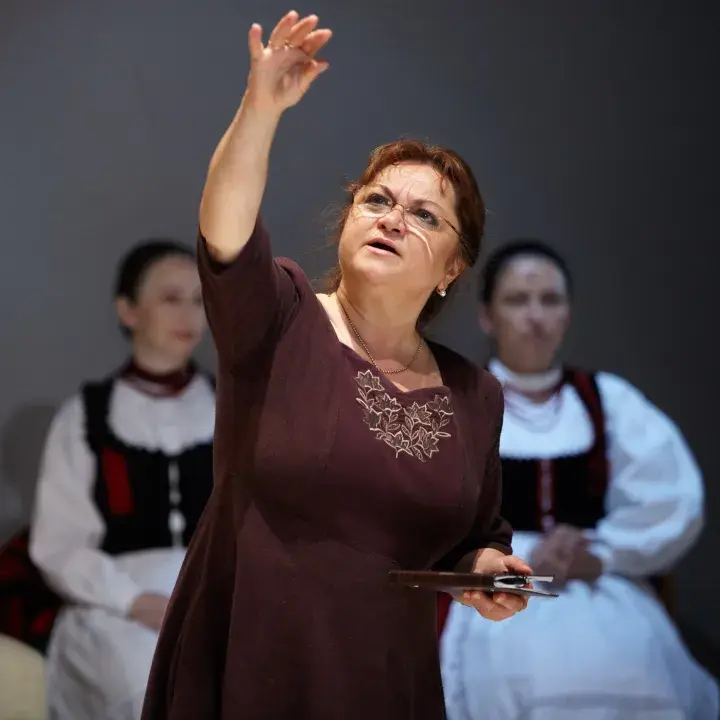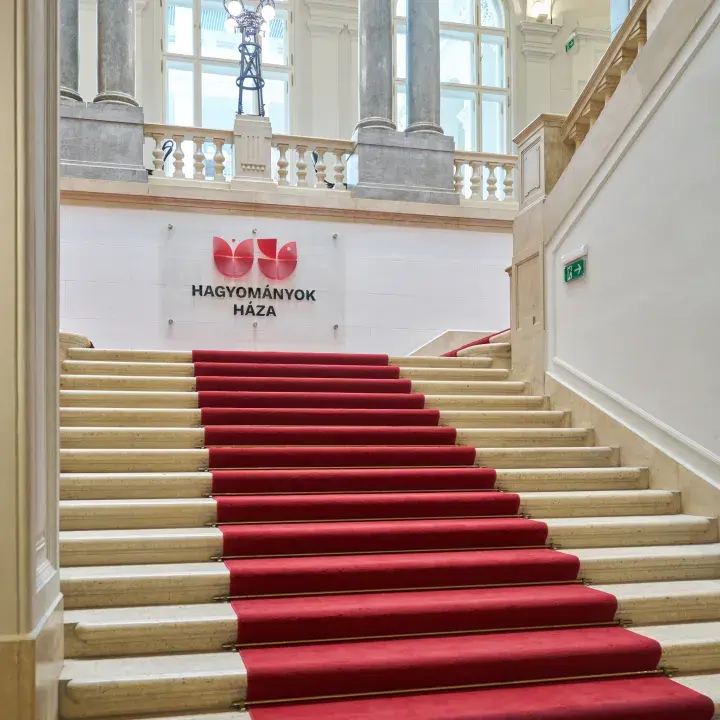Product details
Description
'The book 'Pannonian Fresco', I think, is a vivid reflection of nearly a decade of artistic endeavour. It reminisces upon a path that our people travelled along together. It is declaration of our faith in the past, our traditions, and our nearly thousand-year-old culture, but chiefly of the world we live in today.'
Gábor Mihályi
Many centuries of European culture and history are lost in the mists of time and myth…
After antiquity, waves of great migrations, and centuries of Christianity a unified, but still diverse culture came into being in this part of the world, a world which our traditions authentically relay to us.
In a language inherited from our ancestors, this performance tells stories of human emotion and magnificent battles between love and death, all through the characteristic colours of Spring (birth), Summer (consummation), Autumn (transience), and Winter (dance macabre).
As if on an archaeological excavation, we piece together the forms and treasures of past millennia like the fragmentary remains of a fresco, all of which ascends into the maelstrom of Carneval.
Past history comes to life inspired by our living traditions. Our well-known songs and dances, which display the guises of various ethnic characteristics, prove our European ties and bonds.
Through this modern interpretation of archaic forms, we hereby pledge our faith in the continuity of this shared culture.
The sometimes sweeping, sometimes lyrical scenes of this monumental and spectacular vision of dance evoke the effects of European (and within it Hungarian) culture on the moulding of the world. It is worth marvelling at this culture one more time before the movement of globalisation that sprouted up from within steamrollers and uniformizes its variety and colour.
The picture that is formed is both new and familiar: it can be lived through, and relived over and over again.





